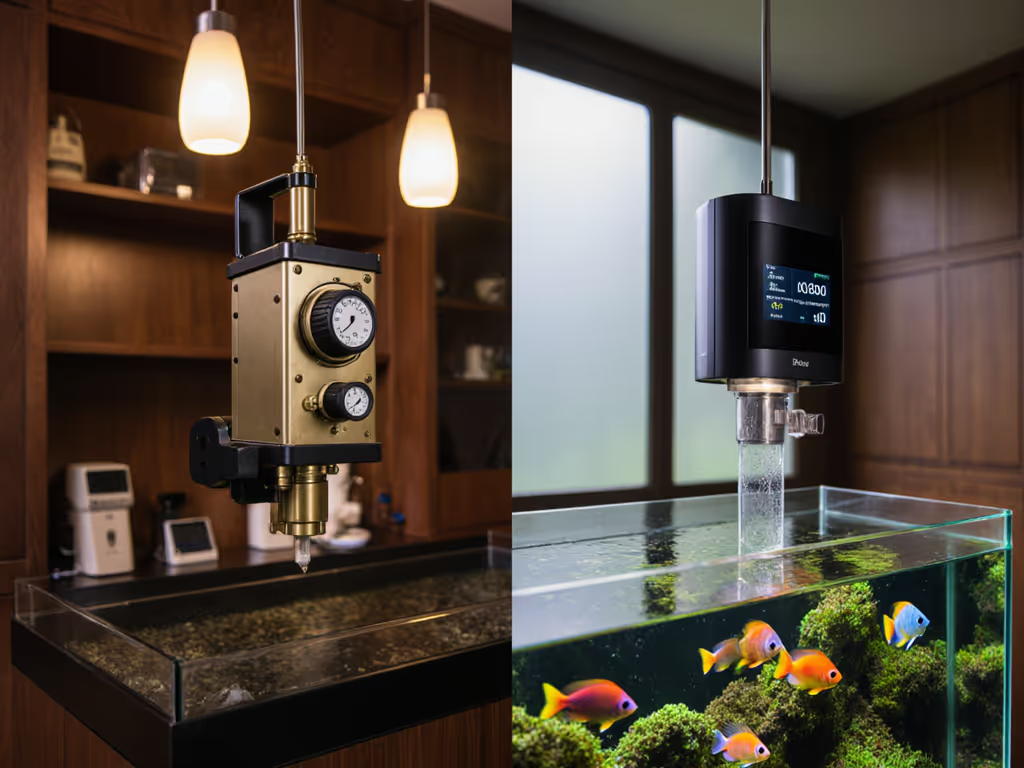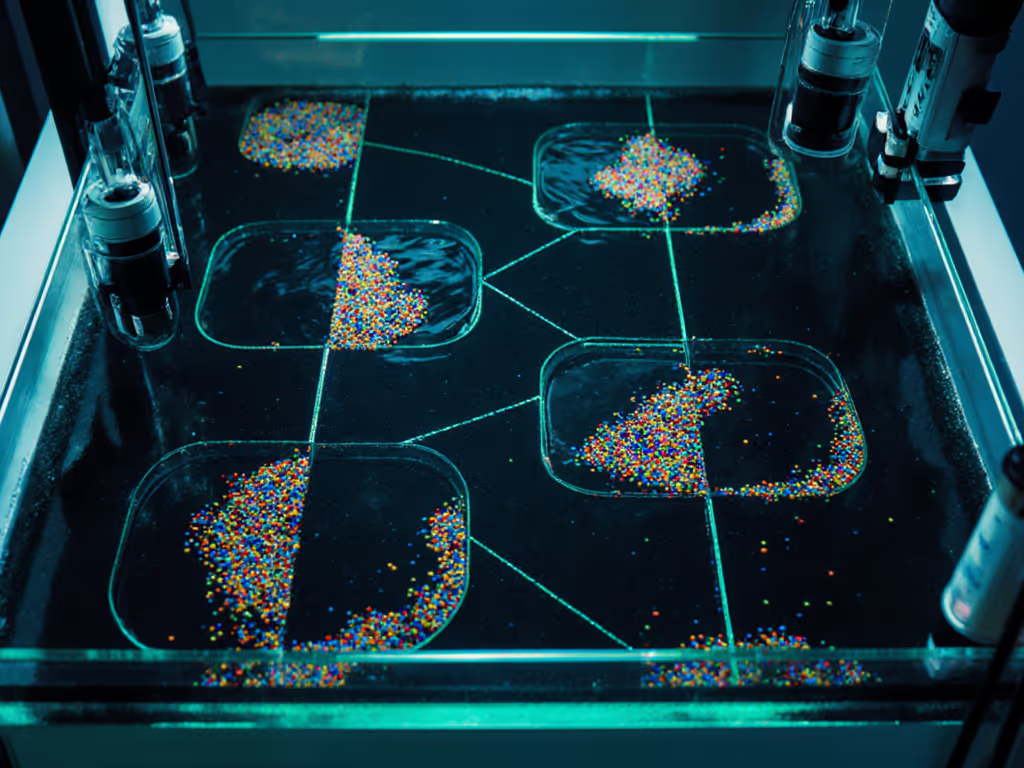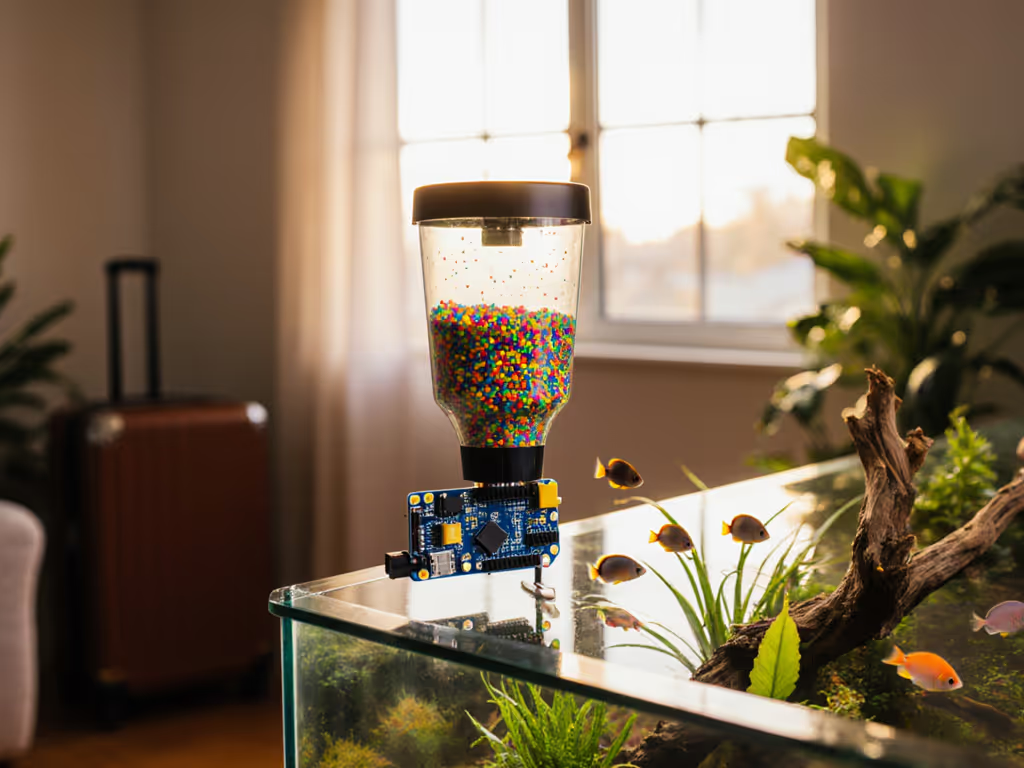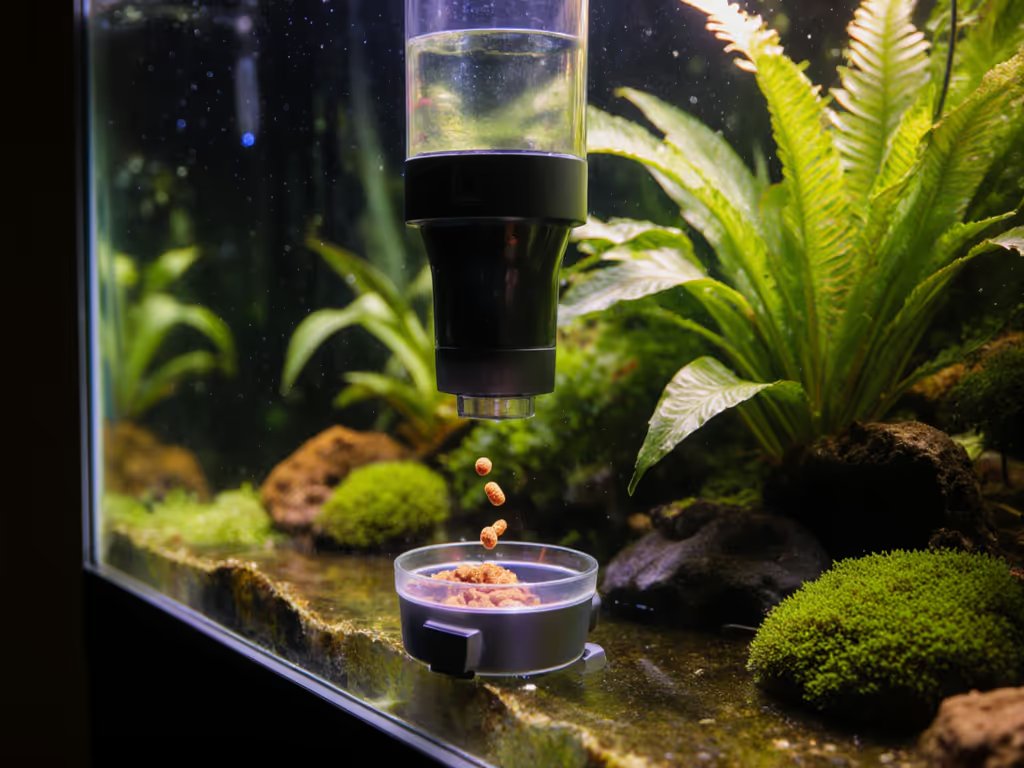
Automatic Feeder Evolution: Precision Feeding History Explained

The journey of automatic feeder evolution represents a critical convergence of engineering pragmatism and biological necessity in aquaculture. While modern fish feeder pond systems boast sophisticated sensors and AI-driven algorithms, their foundational purpose remains unchanged: delivering precise nutrition aligned with species-specific metabolic rhythms. This feeding mechanism progression wasn't driven by technological novelty alone, but by persistent gaps in manual feeding protocols: overfeeding-induced water quality crashes, inconsistent nutrient timing, and the physiological stress of unpredictable meal schedules. As an aquatic nutrition analyst who's dissected dozens of failed feeding protocols, I've seen firsthand how mismatched rations undermine even the most advanced hardware. Nutrition first; devices follow the fundamental biology of aquatic organisms, not market trends.
FAQ Deep Dive: Feeding Technology Through Time
How did early automatic feeders address core biological needs?
Initial automatic fish pond feeder designs in the 1980s focused purely on time-based dispensing, exemplified by Smeltzer's 1985 patent using counterbalanced water flow to regulate portions. These systems solved urgent logistical problems, enabling consistent feeding during monsoons or labor shortages, but ignored critical nutritional variables. Farmers still manually adjusted portions based on crude visual assessments of fish activity. Crucially, they treated all fish as uniform feeders, neglecting species-specific gastric processing rates or diurnal nutrient absorption cycles. A 2018 farmpond study in Andhra Pradesh later confirmed this limitation: height-adjustable feeders reduced pellet waste by 27% simply by optimizing dispersion physics, yet still couldn't adjust for actual consumption rates. Early systems were biology-agnostic timers, not nutrition tools.
When did feeders begin integrating biological data?
The aquarium feeding technology timeline pivoted significantly in the early 2000s with sensor integration. GSM-enabled units (like those documented in Uddin et al.'s 2016 research) added basic environmental monitoring, including water temperature-triggered feeding pauses during thermal stress. But true modern feeder innovations emerged from shrimp aquaculture, where precision is non-negotiable. Pacific white shrimp (Litopenaeus vannamei) trials revealed hand-feeding's devastating inefficiency: labor constraints limited feedings to twice daily despite shrimp's benthic grazing physiology requiring 6-8 micro-meals. Automated systems allowing 8-10 feedings/day triggered cascading benefits (23.5% growth improvement, 19.5% FCR reduction), not because of the hardware, but because they respected the species' digestive biology.
Nutrition precision must precede mechanical complexity. Devices imposing arbitrary schedules cause more harm than inconsistent manual feeding.
Why do some advanced feeders still fail to improve fish health?
Many contemporary feeders commit a cardinal error: conflating convenience with biological alignment. Units with smartphone apps and multi-compartment hoppers often default to equal daytime feedings, ignoring key evidence:
- Cichlids exhibit 40% higher nutrient retention when fed at dawn versus midday (J. Aquacult. Nutr. 2021)
- Koi metabolize lipids 22% more efficiently during cooler morning hours
- Fasting protocols improve gut microbiome diversity in 73% of monitored species (per 2023 meta-analysis)
I recall tracking condition metrics in a community lab trial where periodic fasting groups showed enhanced coloration and nitrate stability versus constant-feed controls, despite identical rations. This underscores why ingredient literacy matters more than dispensing tech. A feeder programmed for 5 equal meals/day delivers nutritional chaos to species requiring dawn protein surges and dusk lipid pulses. Learn to align feedings with natural daily rhythms using our circadian feeding guide. The hardware becomes evidence of commitment to process, not to physiology.

How should hobbyists evaluate modern feeder capabilities?
Assess systems through three evidence-based filters:
- Adaptive timing: Does it adjust schedules based on real-time indicators (e.g., dissolved oxygen dips signaling feeding readiness) rather than fixed clocks?
- Ingredient-specific calibration: Can it accommodate pellet density variations? A unit calibrated for floating pellets may dispense 30% less sinking food due to viscosity errors. For a deeper dive into how feeder mechanisms interact with flakes, pellets, and frozen foods, see our feeder mechanisms guide.
- Validation data: Does the manufacturer publish species-specific consumption studies? (Many don't, a red flag)
The 2023 Journal of World Aquaculture Society review noted that even premium feeders often lack proper gut-fill feedback mechanisms. Truly precise systems now incorporate underwater cameras with AI-driven consumption analysis, like those reducing waste by 34% in intensive shrimp ponds. But without species-specific algorithms, they're just expensive timers.
What's the future of biologically intelligent feeding?
Next-gen modern feeder innovations are shifting from scheduling to physiological responsiveness. Emerging systems integrate:
- Microsensor arrays detecting fin movement patterns correlating with hunger
- Gut microbiome feedback via non-invasive water metabolite analysis
- Seasonal ration modulation aligning with documented lipid/protein needs (e.g., koi requiring 45% protein during summer growth vs. 28% in winter)
This represents the culmination of proper feeding mechanism progression: hardware finally serving nutritional science. Recent trials with programmable units showed 17% improved growth in angelfish when morning feedings contained 22% more krill meal, mimicking natural insect hatches. Such specificity was impossible with early mechanical feeders.
Strategic Adoption: Beyond the Hype
The automatic feeder evolution narrative reveals a consistent pattern: the most impactful advances occurred when engineers collaborated with nutrition scientists. Units that merely add Wi-Fi to 1980s mechanisms solve vacation anxiety but ignore core biological imperatives. True progress requires humility, recognizing that a $500 feeder programmed incorrectly causes more harm than a $20 timer set biologically.
For the conscientious hobbyist, prioritize these steps:
- Document species-specific needs: Consult peer-reviewed feeding studies for your fish (e.g., Cichlid Nutrition Quarterly)
- Start simple: A basic timer with manually adjusted portions per season beats complex AI with default settings For seasonal adjustments by water temperature and metabolism, see our seasonal feeding guide.
- Validate consumption: Use feed trays for 2 weeks to calibrate portions before automating Follow our step-by-step feeder calibration setup to dial in portions for your tank.
This precision feeding philosophy isn't about gadgets, it's why Nutrition first; devices follow the biology, not the hype. As automated systems evolve, their greatest value lies not in dispensing pellets, but in finally enabling us to honor the intricate nutritional rhythms we've long observed but struggled to replicate. The future belongs to those who feed machines with data, not just pellets.
Explore peer-reviewed feeding protocols for your species through the Aquatic Nutrition Database (free access for hobbyists). Understanding the biological 'why' behind schedules transforms any feeder from a convenience tool into a precision nutrition partner.




